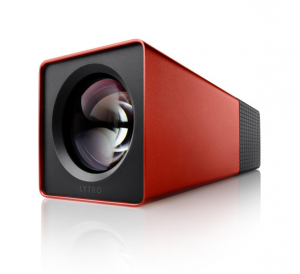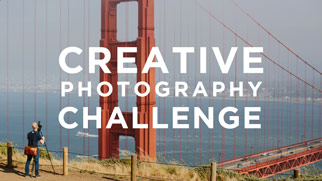 Been tons of chatter online about the Lytro camera the last few weeks. In case you’ve been living under a rock or too busy to notice, then you’ll be happy to know that the new Lytro camera allows you to select focus AFTER you shoot the photograph. AMAZING technology developed at Stanford by Ren Ng. Just like you can change the white balance after capture when shooting RAW, well now you can put those striking blue eyes of your model in focus later.
Been tons of chatter online about the Lytro camera the last few weeks. In case you’ve been living under a rock or too busy to notice, then you’ll be happy to know that the new Lytro camera allows you to select focus AFTER you shoot the photograph. AMAZING technology developed at Stanford by Ren Ng. Just like you can change the white balance after capture when shooting RAW, well now you can put those striking blue eyes of your model in focus later.
Consider that with the technology of a camera like the RED Epic – shooting a 5,000 pixel wide image at 96 frames per second. You can aim that sucker at a scene and shoot 1000 14 megapixel still images in 10 seconds. No more need to catch ‘the decisive moment’!
Combine these two technologies? Whew! Now you’ve really got something.
Unless… your pictures have no focus. If you think that you’re photos are going to be better in the future because you don’t have to pick the moment or focus on your subject, you’re entirely wrong. These technologies are truly amazing, revolutionary and will continue to change the face of photography as we know it.
But mark my words, if you’re goal is to get your work to stand out from the crowd (as good art does), then you’ll need to focus all the more.
Focus on subject.
Focus on content.
Focus on meaning.
Focus on artistic vision…
…because these are all the tools that computers can’t help you with and these are the only ways from here on out that you’re going to be able to make a mark.
Focus on that.
[and don’t hate it, celebrate it, cause it’s all you’ve got.]




















I’ve been watching Lytro camera’s for sometime and as soon as they come to the uk I’ll be getting my hands on one. I agreed with your points about the photographers job is to “focus” but a very interesting technology that has potential.
Sorry folks, but if you read the technical papers, and understand the physics, light field technology can never be even remotely as good as a single sensor, and it will never, ever be as good, by a huge order of magnitude. It will always be a gimmick for consumer toys and useful for some specific technical applications. It’s cool, I don’t disagree, but the technology, by physical definition, requires a massive degradation of the total available image quality.
It’s all black light and fluorescent paint. The novelty will pass.
An amazing innovation to photography, but it only rids us of one of the challenges in photography: Focusing. When technology innovate itself to take different perspectives of a certain image from one angle, I’m just gonna say “Shut up and take my money!”